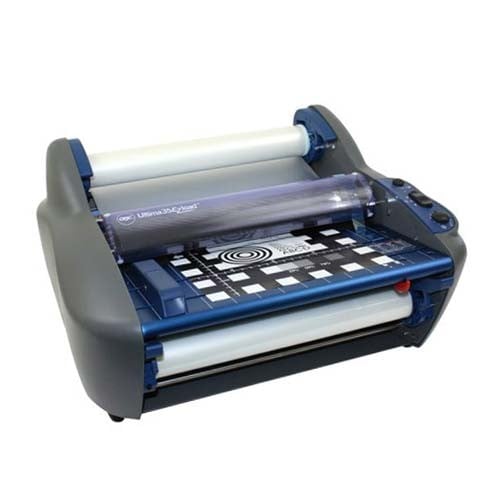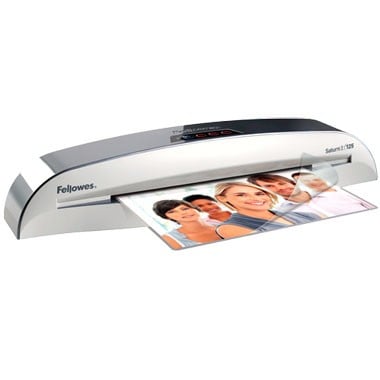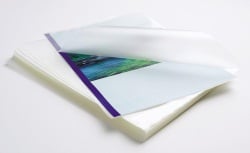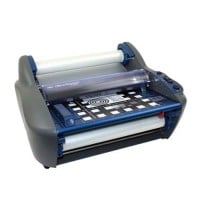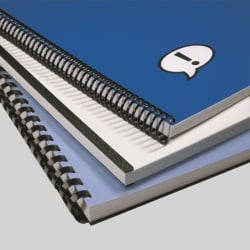MyBinding Knowledge Base
- Binding (248 Article)
- General Binding (42)
- Plastic Comb Binding (57)
- Fastback Binding (59)
- Perfect Binding (2)
- Modular Punching (8)
- Zipbind (3)
- Twin Loop Wire (13)
- Coil Binding (22)
- Thermal Binding (14)
- Strip Binding (1)
- VeloBind (4)
- Binding Covers (14)
- Proclick Binding (10)
- SureBind (4)
- Screw Post (2)
- Hole Punches (2)
- Staplers (4)
- Komtrak Insprial Binding (2)
- Paper (1)
- Rhin-O-Tuff (5)
- Binding Machines Comparison (17)
- Laminating (109 Article)
- General Laminating (26)
- Roll Lamination (16)
- Pouch Lamination (36)
- Pouch Board Laminator (3)
- School Laminator (3)
- Foil Laminating (3)
- Royal Sovereign Laminators (10)
- Laminators Comparison (3)
- Boards (11 Article)
- Bulletin Boards (3)
- Whiteboards (5)
- Chalkboards (1)
- Paper Shredders (44 Article)
- General Shredding (35)
- Industrial Shredders (1)
- Cross-Cut Shredders (2)
- Cardboard Shredders (1)
- Multimedia Shredders (1)
- Personal Shredders (1)
- High Security Shredders (2)
- Ring Binders (9 Article)
- Specialty Binders (2)
- Reinforced Paper (1)
- Health Care Punched Paper (1)
- Perforated Paper (2)
- View Binders (1)
- Index Tabs (9 Article)
- Index Tab Dividers (2)
- Copier Tabs (4)
- Pocket Folders (1)
- Custom Index Tabs (1)
- Pre-Printed Index Tabs (1)
- Paper Handling (37 Article)
- Paper Folders (9)
- Paper Joggers (2)
- Guillotine Cutters (4)
- Rotary Trimmer (3)
- Electronic Paper Cutters (1)
- Corner Rounders (2)
- Paper Scoring (2)
- Paper Drill (2)
- Booklet Makers (3)
- Stack Cutters (1)
- Paper Handling Equipment Comparison (5)
- ID Accessories (12 Article)
- Badge Holder (1)
- Lanyards (8)
- Badge Reels (1)
receive
$5off
*On order $25 or more.
How Paper Shredders Work?
It seems simple enough-paper shredders shred paper, right? Sort of. “Shred” is a sort of catchall word used to describe the mechanized pcess of destroying confidential or sensitive papers to ensure private information is not revealed to others. While all paper shredders have the same goal, they don’t all achieve their objective in the same manner or with the same level of effectiveness.The two main types of paper shredders are strip-cut and cross-cut (confetti-cut). Strip-cut models are also known as straight-cut or spaghetti-cut and cut the paper into long strips about ¼ to ½ inch wide running the length of the original paper. The narrower the strip, the more secure the shred. This type of shredder creates the most waste and is the least secure, as the pieces can be reassembled; however, they require less maintenance and can handle high volumes of paper. Cross-cut/Confetti-cut shredding machines are also known as micro-cut or diamond-cut. They cut the paper horizontally and vertically into approximately 500-800 small geometric shapes such as diamonds, rectangles, and parallelograms. Although these machines are more expensive and may require more maintenance, they provide a more secure shred and require fewer trips to the trash bin to dispose of shreds. The smaller the particles that the machine produces the higher the security that is offered and the slower the shredder will operate.
Other types of shredding machines include particle-cut, disintegrators and granulators, hammermills, pierce and tear machines, and grinders. Particle-cut machines cut the paper into small squares or circles. Disintegrators and granulators randomly cut and recut the paper until they are a fine powder. Hammermills do not cut the paper at all. Instead, they “hammer” the paper through a screen creating tiny paper grains. Pierce and tear shredders do exactly what their name suggests; they pierce the paper with rotating blades and then tear it. Grinders shred paper by grinding the paper until it is small enough to pass through a screen.
In addition to differences in how paper shredding machines work, they also differ in their capacity and quality. There are machines designed for personal use by an individual or small group dealing with fewer than 200 sheets per day, office machines for larger organizations, production equipment for nonstop business use, and high security models for the best information protection. Shredder feed capacity ranges from one sheet at a time to over 500 at a time. To avoid a breakdown, look for a shredder that can handle about 20% more volume than you predict you will require.
Shredders also offer different features such as automatic start/stop. These machines are equipped with sensors and will begin shredding automatically when paper is inserted. Another useful feature included with some equipment is a bag or rack for shredded paper. This reduces the work involved in handling paper shreds. Although most paper shredders can handle the occasional overlooked staple or paper clip, efforts should be made to check for these types of foreign objects prior to shredding. Because of the variety in quality, capacity, and features, there is no single best shredder. The best shredder is the one that makes the most sense based on user needs.
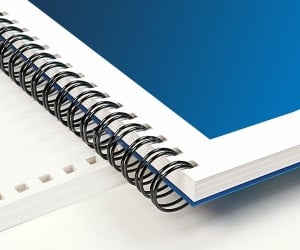
< Over the years, a number of customers have asked me whether they can use twin loop wire with their plastic comb binding machine. These customers often don’t want to have to buy a brand new machine but like the look and feel of twin loop wire binding. However, the answer to their question isn’t as simple as it seems. You see, they actually do make twin loop wire that is designed to work with the plastic comb binding hole pattern. With that said, if you want to use these wires you are going to need a way to close the wires. What is Spiral-O Wire? Let me explain a little bit more…There is a product that we carry called Spiral-O Wire. This wire has 19 loops and is designed to work with the hole pattern from a plastic comb binding machine. Spiral-O Wire is sometimes called Wire Combs or Ibico Wire and was originally designed for use with some of the older Ibico binding machines. A number of the older Ibico plastic comb binding machines also included a twin loop wire closer on the front of them to allow users to use both plastic combs and wire. This 19 loop wire was designed for this purpose. What Equipment is Needed? As the Ibico brand has been phased out by GBC and all of the older Ibico plastic binding machines have been replaced with new models, they no longer have the twin loop wire closer on the front of them. This presents a problem in trying to use these spiral-o wires since you can’t use the wires without a way to close them. One of the only options left is to purchase a Twin Loop wire closer. However, since twin loop wire closers are not incredibly cheap this option usually only appeals to users who have larger electric plastic comb binding machines. Otherwise, it is often advisable to simply buy a low end 3:1 pitch twin loop wire binding machine (the supplies are cheaper). This being said, if you have one of the older Ibico binding machines that has a wire closer included you are in luck. The Spiral-O binding supplies that we carry will work perfectly with your machine and you will be able to use both plastic combs and wire depending on your needs. These Spiral-O binding supplies are available in Black, Silver, White, Blue and Red and in sizes up to 1″ in diameter. If you aren’t sure what type of wire binding supplies that you need to work with your machine simply give us a call. Our trained sales representatives will be glad to help you find the correct supplies for use with your machine.(Read More)
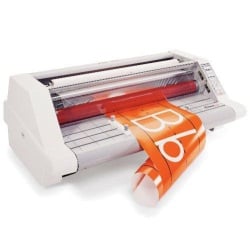

Loading...


